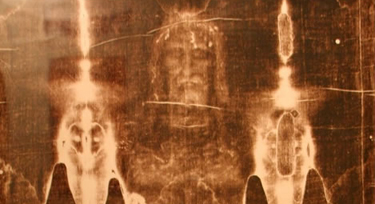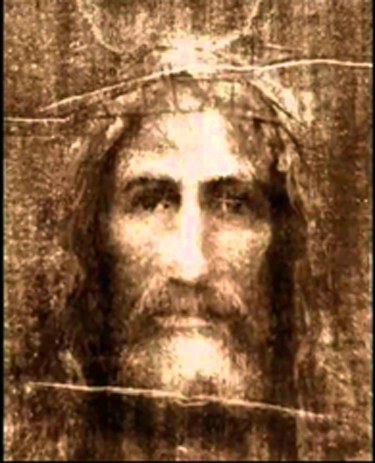By Anthony Gutierrez and Mark Ellis

The Shroud of Turin – revered by many as the burial cloth of Jesus — might be authentic after all, a new DNA study suggests.
After radiocarbon testing in the 1980s dated its origin between A.D. 1260 and A.D. 1360, many dispelled the legend surrounding the artifact.
Then some challenged the testing process because scientists had examined patches added to the shroud, not the original cloth. The patches were much newer than the original shroud.
In the most recent study, Gianni Barcaccia, a geneticist in the University of Padua in Italy, found human DNA of Middle East origin on the cloth.
“One of the most abundant human mitochondrial haplotypes among those discovered on the shroud, is still very rare in Western Europe,” Barcaccia told Live Science. “It is typical of the Druze community, an ethic group that has some origin in Egypt and that lives mainly in restricted areas between Syria, Jordan, Lebanon, Israel, and Palestine.”
Middle Easterners weren’t the only ones to touch the shroud and leave their DNA on it, according to the study published Oct. 5 in Scientific Reports. There are smaller traces of DNA from Europe, northeast Africa, Caucasus, Anatolia, the Middle East and even India. Those molecular fragments could have been deposited there by devotees who touched the shroud through the centuries and even by scientists in the last century.
The new study does not establish the age of the shroud.
The Catholic Church, which guards the artifact in Turin, first officially recorded its existence in 1353 A.D. in a tiny church in Lirey, France. The Catholic Church has never vouched for its authenticity, but tens of thousands of pilgrims flock to see it yearly.
According to legend, the shroud captured the image of the dead body of Jesus as it radiated divine glory. This cloth was purloined from Judea in 33 A.D. and was stored safely in Edessa, Turkey and Constantinople (the previous name of Istanbul), until crusaders smuggled it to Athens.

Barcaccia and his colleagues analyzed dust that they vacuumed from the shroud that contained traces of both plant and human DNA. The plant DNA is inconclusive, but the human DNA breathes new life into hopes the mysterious burial garment is genuine.
Hugh Farey, editor of the British Society of the Turin Shroud newsletter, said the new study was intriguing but fell short of absolute proof. Farey believes there is a “40 percent” chance the shroud is authentic, or, it may be a sophisticated forgery.
Future study may get closer to an answer. With current techonology, geologists can analyze isotopes to determine the origin of rock with incredible precision, Farey noted. If researchers can one day figure out how to test the isotopes in the limestone dust found on the shroud, they could say with greater certainty whether the shroud was ever in Jerusalem.
“There is a pretty substantial amount of evidence on both sides,” Farey said. “So the proper thing to do is to maintain an open mind at the moment.”
Anthony Gutierrez is a student at Lighthouse Christian Academy in Santa Monica, California




Anyone who has really studied the Shroud knows it’s authentic as it’s simply an impossible-to-exist relic. If it’s real, people must change their behavior, so they pretend it’s not real.
Exactly!
I was thinking the same thing! Hugh Farey, editor of the “British Society of the Turin Shroud newsletter”, should change the newsletter name to “British Society AGAINST the Turin Shroud newsletter” since the way he purports to be an authority on the shroud yet obviously dismisses it helps others dismiss it too, without ever really looking into it. No forger would use human blood. No artist would work in the negative, nor could an artist create this photographic and realistic quality. No pigment nor paint is found. Only burn marks on the surface of the cloth made the image, as our Savior’s resurrected body blazed straight through the cloth, leaving a perfect image of what He endured for us, for all to see, “not willing that any should perish, but that all should come to repentance.”
Comments are closed.